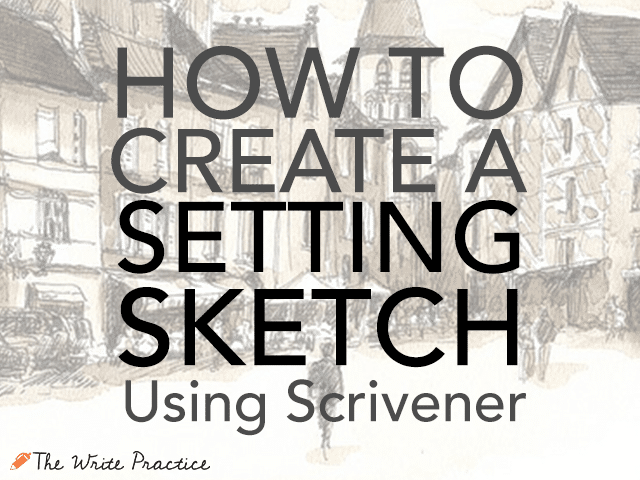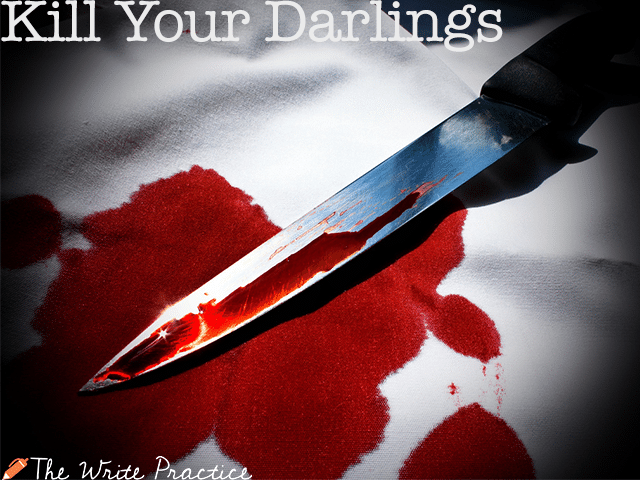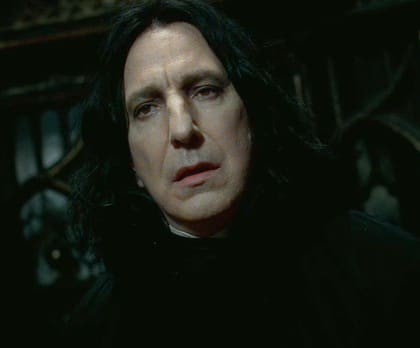
by Liz Bureman |
So much of what most of us consider to be good writing requires the writer to create a believable scene and realistic characters—or if not believable and realistic, close enough so that the reader willingly suspends their disbelief. Today’s article and corresponding writing practice is all about throwing those rules out the window by writing about weirdos.

by Matt Herron |
“If character is the foreground of fiction, setting is the background,” the narrator of Writing Fiction tells us. But how do you create engaging settings that enhance your story? And how can the popular writing software, Scrivener, help you create setting sketches perfect for particular your story?

by Emily Wenstrom |
When writing a series (or even just a really long novel), at some point, the characters become known, their dynamics set, and readers can almost guess how characters will feel about a given plot twist before it happens. Fans go beyond love for characters and form deep connections … and expectations.
Some readers love to simply love their characters and enjoy their next adventure. But don’t discount the fun of killing your darlings to shake things up.

by Carlos Cooper |
I think movies get a bad rap. I’m a little tired of hearing readers moan about how awful the movie adaptation was for so-and-so book.
I get it. Nothing’s as good as the book…but come on. Imagine having to cram a 700-page novel into a 90-minute movie. Yowza!
Instead of whining about it, let’s talk about how movies can inspire you and improve your writing.

by The Magic Violinist |
Most writers (and readers) have learned by now that a good villain involves more depth than just a bad guy running around, trying to take over the world. But how do you do that?

by Emily Wenstrom |
Every character and every world in every story has history. It’s part of the richness that makes your characters come alive. But how do you write backstory without overloading your reader?





